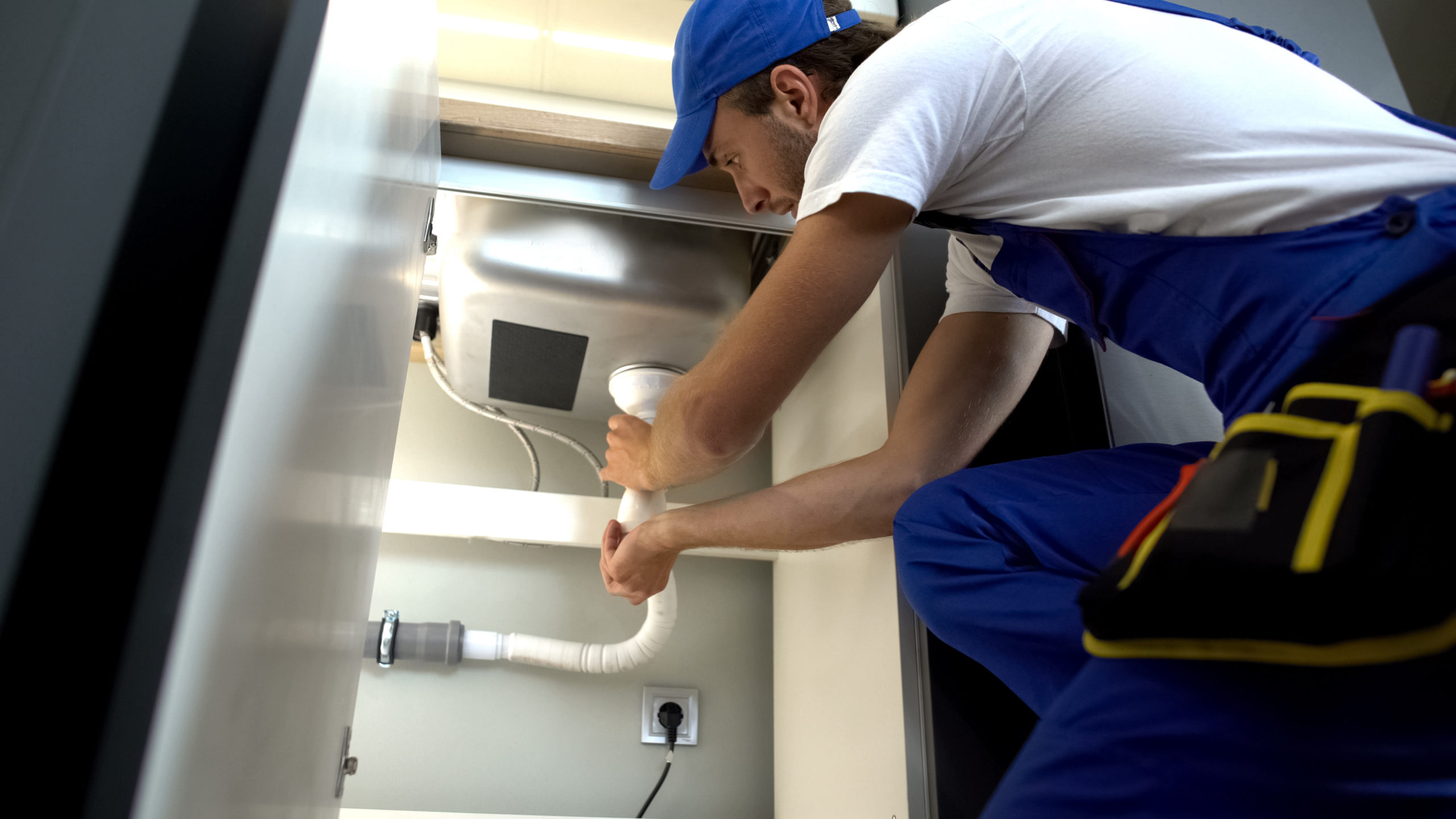
26 Apr. 22
Can Plumbing Vents Clog?
Vents in a home’s plumbing system are essential to help prevent flooding. While they may not be the most glamorous part of a household, they are invaluable when working properly. Plumbing vents can get blocked if not cleaned regularly, depending on their location. A blocked vent can cause pipe drainage to back up and seep into the walls, causing damage and possible mold issues.
The bathroom is one area of your home where you should be particularly cautious about clogs. The bathroom is where you’re likely to use a lot of water, so there’s more risk that a vent will become clogged up. In addition, there’s more chance that the air inside the room will become saturated with moisture and bacteria, which can lead to mold problems.
If you’re going to be doing any renovation work in your bathroom, you should take the opportunity to make sure that your plumbing vents are clear. Mold can start small, but it can quickly get out of control if nothing is done to address it.
You should also be vigilant about clearing out your plumbing vents every time you clean your bathroom. This helps prevent clogs from building up and will help ensure that the air in the room is kept fresh.
The kitchen is another room where you need to keep a close eye out for plumbing vent blockages. Cooking can generate a lot of moisture, so it’s important to ensure that your vents never get blocked by grease, which can start to build up over time.
Clogs in your plumbing vent line can result from debris building up in the vent line or an accumulation of hair or sludge, which can build up and block airflow to your fixtures and appliances.
The plumbing vent line takes air from your home’s HVAC and pushes it through the plumbing vent pipe to the outside of your house, where it exits and fans out. The entire process is called “venting,” which your local plumbing code requires. Without proper vents, gas can build up inside your home and become explosive.
It’s important to check your vents regularly. Check for a closed door, and ensure there is ventilation to your plumbing vent. The best practice is to open your vents each fall (if you haven’t already done so) and check to ensure no obstructions are blocking airflow. You can do this by looking into the vent pipe while standing on the top landing of your stairs. If you see an accumulation of hair, sludge, or other foreign material, it may indicate that your plumbing vent is obstructed or clogged.
In addition to making sure your vents are clear and open, you can also reduce the chance of a clog by installing a vacuum breaker/backflow preventer device in the line between your toilet and sewer line. This inexpensive device can cut down on the amount of hair and sludge that flows through the connecting pipe into your sewer line. We recommend checking your plumbing vent and installing an anti-siphon device if you haven’t done so within the past year.
Remember, check your plumbing vents regularly to help reduce the risk of a clog and be sure to ask for backflow preventer devices when having maintenance done on your plumbing system.
Woodbridge Plumbing is a full-service plumbing company providing various installations, renovations, and repairs for residential and commercial properties in VA.
